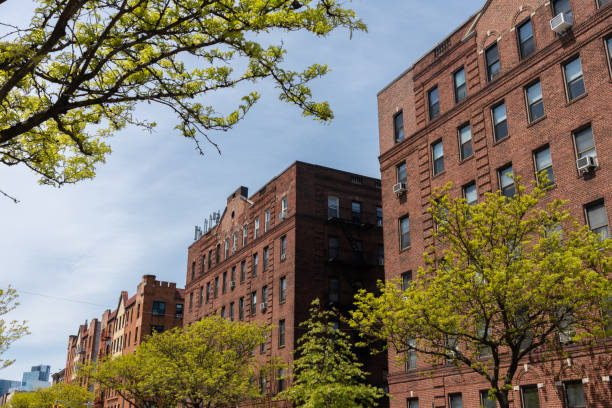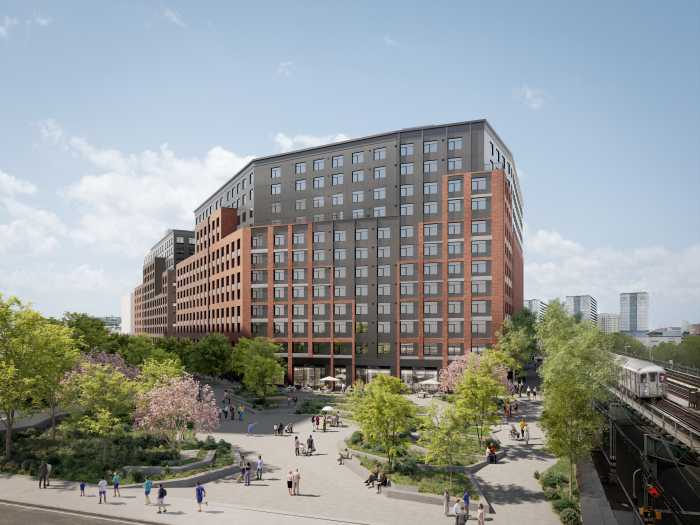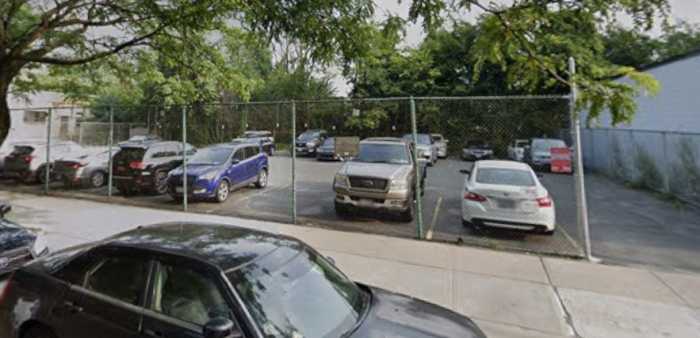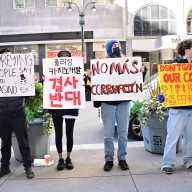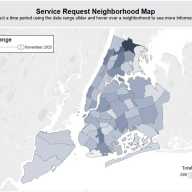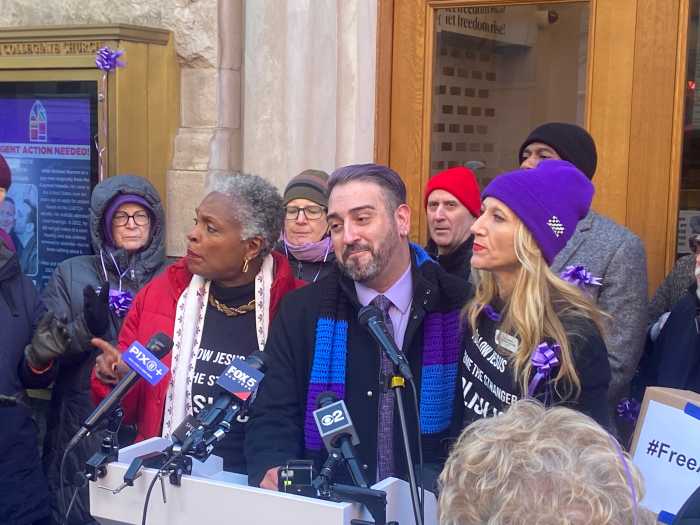According to a new MNS report, in the last month, the average rental price throughout Queens increased by 1.42%, with prices going from $2,678 to $2,715 in February 2023.
The neighborhood with the most significant month-over-month increase was Astoria, where studio rentals increased 7.2%, from $2,143 to $2,169.
MNS CEO Andrew Barrocas attributed Astoria’s growing real estate market to the high prices in Long Island City but limited infrastructure and small businesses pushing people toward Astoria.
Barrocas also noted that there used to be little housing stock in Astoria.
“I always felt like Astoria was one of those areas where owners didn’t sell their buildings [or] their land as much as other areas,” Barrocas said. “You’re seeing the markets respond well.”
Now Barrocas said developments like Hallets Cove, a 1,340-apartment building on the Halletts Point peninsula, are helping the area grow exponentially.
According to MNS, the neighborhood with the largest month-over-month decrease was Jamaica; two-bedrooms in Jamaica decreased in value by 6.6%, from $3,396 to $3,171.
MNS is currently working on a 3,150-unit development in Jamaica.
“Residents are just looking to upgrade and go into something with more amenities,” Barrocas said. “They just didn’t have that type of rental product and [the project] has definitely gotten a really positive response. We’re doing well when bringing new products to those markets [in Queens].”
New real estate projects don’t always get the positive response developers like Barrocas hope for. In Astoria, major developments like Innovation QNS, the $2 billion, five-block construction with over 3,000 mixed-income homes, have received harsh backlash from the community. Residents feel threatened, with some believing that instead of these massive developments helping the neighborhood, they will only hurt it by forcing existing residents’ rent to rise to astronomical rates, pricing them out of their homes.
But Barrocas argued the opposite. He said a lack of housing will force residents out of their homes.
“Any time you have more development it’s going to help build infrastructure for the neighborhood, bringing in more traffic, more retail, more residents, more income and tax dollars — it’s definitely going to benefit it. The bigger halt to development and what would impact pricing more is not having a 421a tax abatement.”
A 421a abatement is a tax break for developers who include affordable units within the developments. The future of 421a is uncertain since it expired in June 2022 after its 51-year history; it has cost New York City billions in lost tax revenue. Projects that started work by last June still qualify for 421a tax abatement, but have to finish work by 2026.
Barrocas said that without this abatement, rental developments will dramatically decrease.
“Without new housing product, just based on simple supply and demand, it’s going to make pricing even [higher]. That’s going to be the biggest driver of rental growth, is not having new product come.”
In the meantime, to combat rising rental prices, Barrocas suggested that those who have income restrictions should go to the NYC Housing Connect website to apply for affordable rental and homeownership.
The average rental price in Queens is up 13.58% from this time last year. Across the borough, studios are up 12.62%, one-bedrooms are up 12.87% and two-bedrooms are up 12.31%, according to MNS.

